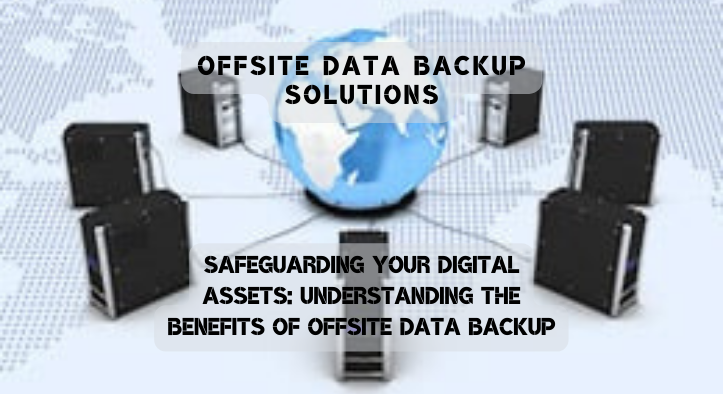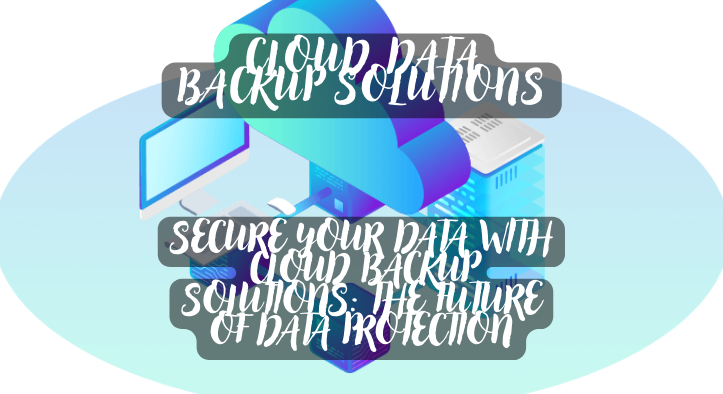Safeguarding Your Digital Assets: Understanding the Benefits of Offsite Data Backup

Safeguarding Your Digital Assets: Understanding the Benefits of Offsite Data Backup
In today’s digital world, data is a valuable asset. It’s essential to protect it from loss, corruption, and theft. Offsite data backup is one of the most effective ways to safeguard your digital assets. This article will explain the benefits of offsite data backup and how it can help protect your data.
What is Offsite Data Backup?
Offsite data backup is a process of storing data in a secure location away from the primary data center. This ensures that the data is safe from any physical or environmental threats that may occur at the primary data center. It also provides an additional layer of protection against malicious attacks, such as ransomware.
Benefits of Offsite Data Backup
Offsite data backup offers several benefits, including:
- Data Protection: Offsite data backup provides an additional layer of protection for your data. It ensures that your data is safe from physical and environmental threats, as well as malicious attacks.
- Data Availability: Offsite data backup ensures that your data is always available, even if the primary data center is unavailable. This ensures that you can access your data when you need it.
- Cost Savings: Offsite data backup can help you save money by reducing the need for additional hardware and software. It also eliminates the need for additional personnel to manage the data.
- Scalability: Offsite data backup allows you to scale up or down as needed. This ensures that you can easily adjust your data storage needs as your business grows or changes.
How to Implement Offsite Data Backup
Implementing offsite data backup is relatively simple. The first step is to identify the data that needs to be backed up. This includes any critical data, such as customer information, financial records, and other sensitive information. Once the data has been identified, it should be encrypted and stored in a secure location.
The next step is to set up a backup schedule. This will ensure that the data is backed up regularly and that any changes are captured. It’s also important to test the backups regularly to ensure that they are working properly.
Finally, it’s important to monitor the backups to ensure that they are working properly. This includes checking the logs for any errors or issues.
Conclusion
Offsite data backup is an essential part of protecting your digital assets. It provides an additional layer of protection against physical and environmental threats, as well as malicious attacks. It also ensures that your data is always available and can be easily scaled up or down as needed. Implementing offsite data backup is relatively simple and can help you save money in the long run.

